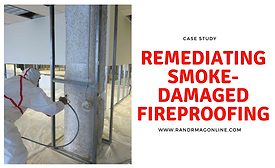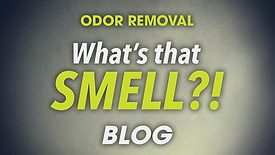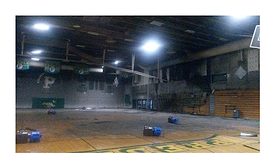Odor Removal
Use science to eliminate odors at the source.
Read More
Cleaning Structures for Chemically Sensitized Individuals | Part 3
Part 3 - Neutralization
Read More
Large Loss Odor Removal: Q&A with Paul Davis National
Senior VP of Operations, J. Murphy, talks efficient, effective large loss odor removal.
February 25, 2018
Get our new eMagazine delivered to your inbox every month.
Stay in the know on the latest disaster restoration and remediation trends.
SUBSCRIBE TODAY!Copyright ©2022. All Rights Reserved BNP Media.
Design, CMS, Hosting & Web Development :: ePublishing










